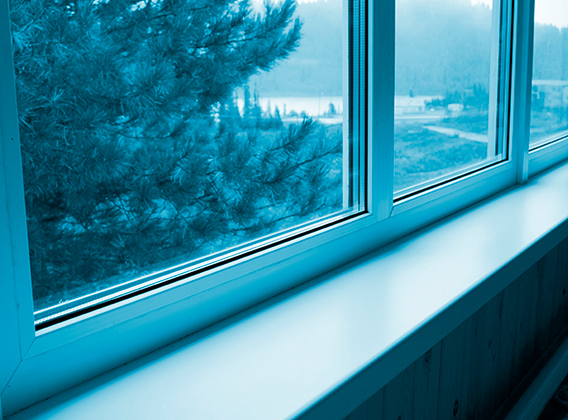
The study
Since the Technical Building Code (CTE) was approved in 2006, and with the successive updates, a new dimension has entered into the life of windows that goes beyond opening a gap to the outside in the facades. This new dimension of windows is that of being a very important component in achieving energy-efficient buildings.
From the moment the CTE was approved, the window enters the world of energy classification: the window has to fulfil the function of opening a gap to the outside, letting in light, giving us the possibility of ventilating a room and at the same time insulating us from the outside, or, as we are going to see, taking advantage of the energy coming from the outside to heat a home or office. .
This important function means that now, more than ever, it is necessary to evaluate the real influence of the window, and the materials used to manufacture it, in contributing to the energy classification of the building as a whole. The study1 carried out by the Tecnalia Research & Innovation Energy Classification Laboratory, whose conclusions are referred to in this article, goes into these aspects in depth and shows that, in the case of windows, recently publicised aspects such as the thermal transmittance of the frames of the different materials (Uf) have a rather modest relative importance in achieving the desired objective, while others, such as air permeability or the solar factor (f), are much more decisive.

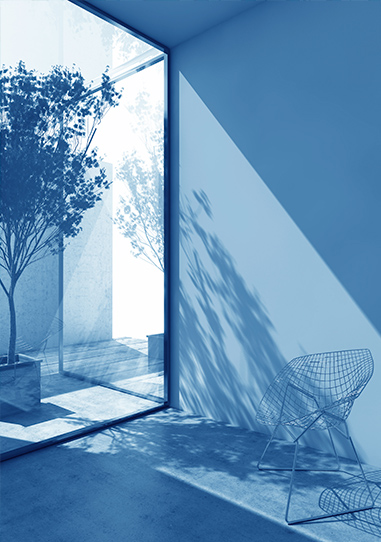
From the point of view of energy classification, three factors influence the energy classification of a window:
- Solar factor
- Air permeability
- Thermal transmittance
Considering the combination of these three factors, we can analyse together what the real energy classification of a window is and determine which is the best choice in each case.
In fact, the joint consideration of these three factors will determine that the energy classification of a window will be altered by the geographical location in which it is located and by the orientation, which means, for example, something as intuitive as that the best window to place in Seville does not have to be the same as the one we would place in León, at the same time that a North orientation is not the same as a South orientation in the same location.
Another aspect that has an influence is the composition of a window. Windows are made up of at least the frames and the sashes, which are the load-bearing and mobile elements that allow them to open and close and fulfil their opening function. On the other hand, there is the glass, which represents the largest percentage of the surface area of the window, which fulfils the function of allowing light to pass through. Then there are other elements, such as the roller shutter box, which also play a role in the energy classification of the window. In the various sections of this section, the three factors that influence the energy rating of the window will be discussed.
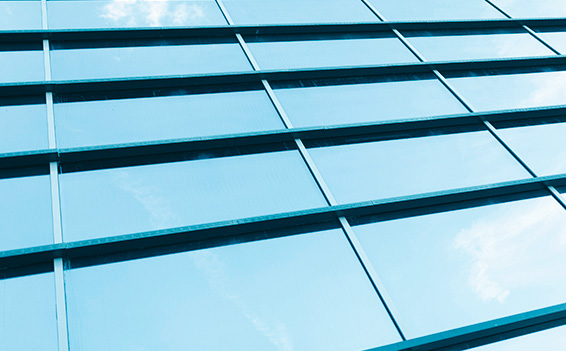
Solar factor
The solar factor represents the solar energy that a given enclosure allows to pass through to the interior rooms. It responds to the following formula:
The solar factor is affected by different elements:
- Relative percentage (%) of frame and glass.
- Solar factor (f) of the glass itself.
- Solar protection elements such as louvres, shutters, awnings, etc.
By modifying the above elements, a modification of the solar factor can be achieved.
Now that we know what the solar factor is, the next question is: What is better, a high or a low solar factor? The answer to this question is not trivial. Depending on the type of climate in which the windows are located and the orientation of the windows, a high or a low solar factor may be better.
For example, in a cold climate, such as Burgos, the best option would be a high solar factor, i.e. a lot of energy passes through the window to heat the inside of the house and thus reduce heating costs. On the other hand, in a hot climate such as Alicante, the most interesting option would be a low solar factor to avoid having to cool the house a lot in summer, thus saving energy.
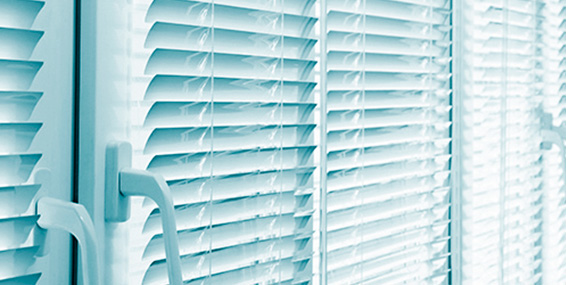
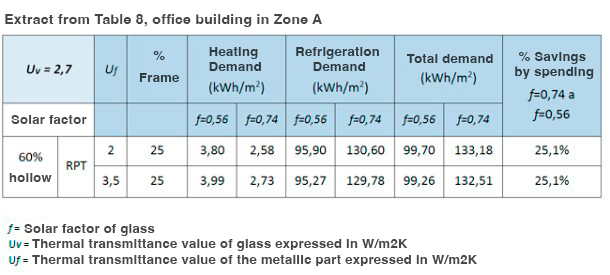
In the table extracted from the aforementioned study carried out by TECNALIA, the effect of the solar factor on the energy efficiency of the building can be clearly seen.
In this extract from Table 8 of the TECNALIA study, which represents an office building in Climate Zone A, it can be seen that by changing the solar factor of the glass by 24.3% (from f=0.74 to f=0.56) an improvement of 25.1% in energy savings can be achieved.
However, the best way to achieve high energy efficiency is to use a variable solar shading system, such as a window shutter or a c. In this way, maximum use is made of the sun's energy contribution in winter and cooling requirements are reduced in summer.
Air permeability
Air permeability is really the determining factor in the energy efficiency of the window, and in the comfort inside buildings.
The air permeability of the envelope provides information on the unwanted air changes inside the building. Obviously, these air renovations will have a negative influence on the energy efficiency of buildings and will tend to equalise the indoor and outdoor temperature, cooling or heating the interior depending on the outdoor temperature, leading to higher heating or air conditioning costs.
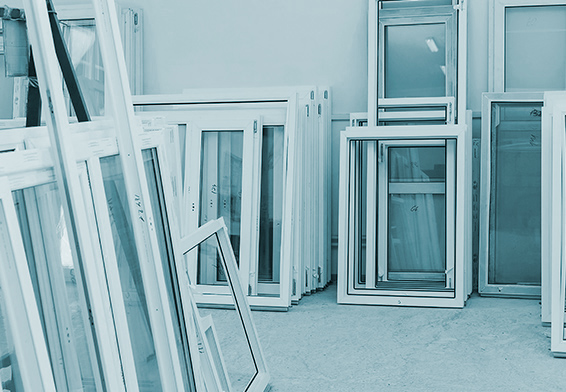

According to calculations made using the provisions of the UNE-EN ISO 13790 standard, which sets out the method for calculating energy consumption for heating and cooling manually, it has been proven that by replacing old, well-maintained sliding windows with new ones, with a high air permeability classification, savings of more than 92% can be achieved in this section.
At present, almost all the windows marketed in Spain comply with the maximum classification in the air permeability test as soon as they leave the factory, but not all of them are capable of maintaining these characteristics over time, so it is important to choose a window that can guarantee that this property will be maintained over time, so it is necessary to choose windows made of a highly resistant material, with a low expansion coefficient that keeps the joint systems tight and does not degrade with the sun and the effects of the weather.
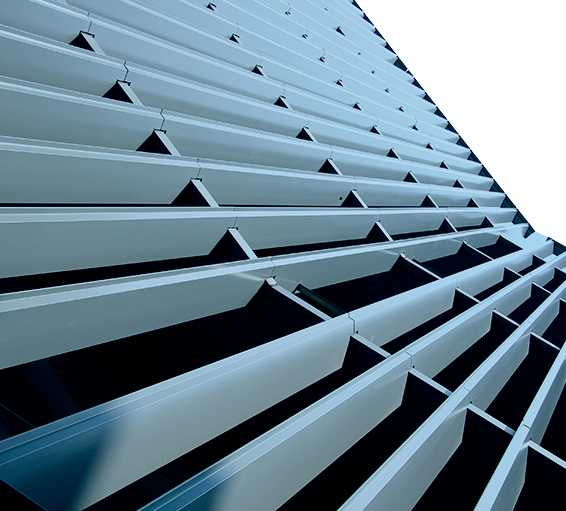
Thermal transmittance
Thermal transmittance measures the heat flow through the material due only to the temperature difference between the outside and the inside, without taking into account solar radiation or air flows through the envelope.
The thermal transmittance of an enclosure is calculated proportionally to the surface occupied by each of the elements of the enclosure.
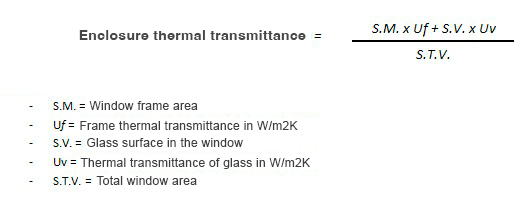
Analysing current carpentry systems, it is easy to see that the decisive element for the thermal transmittance of the enclosure is the glass, as it is the element that occupies the greatest percentage of the surface area of the window (in many cases it exceeds 80%).
The following table, also taken from the recent TECNALIA study, shows a comparison of the savings obtained by comparing two aluminium frames, both with Thermal Break (RPT). One with a thermal transmittance value of the frames of 2 W/m2K and the other with a thermal transmittance value of 3.5 W/m2K. The table shows that with an improvement in the thermal transmittance of the frames of 43% (from 3.5 to 2 W/m2K), we have an improvement of 0.66% in energy savings. This tells us that the thermal transmittance of the frame is not one of the most decisive factors when assessing the energy efficiency of a building.
In this table, we can see, in the total demand column, the difference in demand for two thermally broken aluminium frames with transmittance values of 2 W/m2K and 3.5 W/m2K respectively.

In effect, we can see the saving of almost 36% (the demand goes from 111 to 71 kWh/m2) that replacing the existing windows, with performance prior to the CTE, with windows with Thermal Bridge Breakage entails. However, the difference between the two series of aluminium windows with RPT, with an improvement in the thermal transmittance of the profiles of 43% (from 3.5 to 2 W/m2K), does not add even an additional 1%.
This leads to the conclusion that the thermal transmittance of the material from which the window profiles are made is not as decisive for energy savings as some would have us believe.
Conclusions of the study
Having analysed all the factors that influence the energy efficiency of windows, and the way in which they modify the consumption of buildings, the following conclusions can be drawn:
- It is decisive for energy efficiency to choose a glass with a solar factor that is appropriate for the location of the windows, taking into account both the climate zone in which they will be located and the orientation of the building itself.
- The air permeability of the window will determine the energy consumption and comfort inside the building, so it is necessary to choose a material that guarantees that this performance will be maintained over time.
- The thermal transmittance of the profiles supporting the window has a very small effect on the final energy consumption, the glass being the determining factor in this aspect.
- The replacement of aged windows with low thermal resistance and low air permeability by windows with aluminium frames with RPT favours energy savings, improves comfort and improves the energy rating of existing buildings.
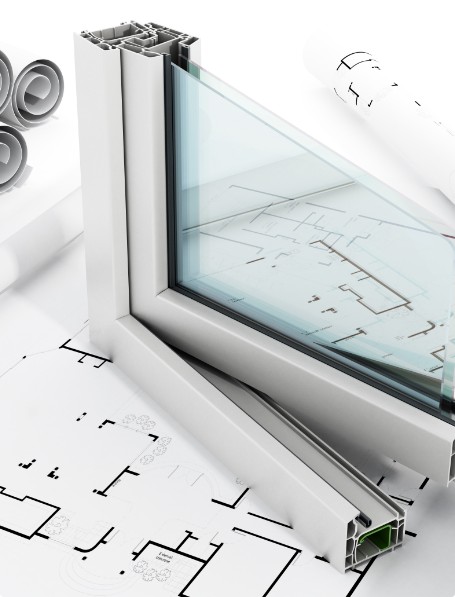
AEA encourages users to consult the complete conclusions of the TECNALIA study.



 Download tecnalia study
Download tecnalia study










